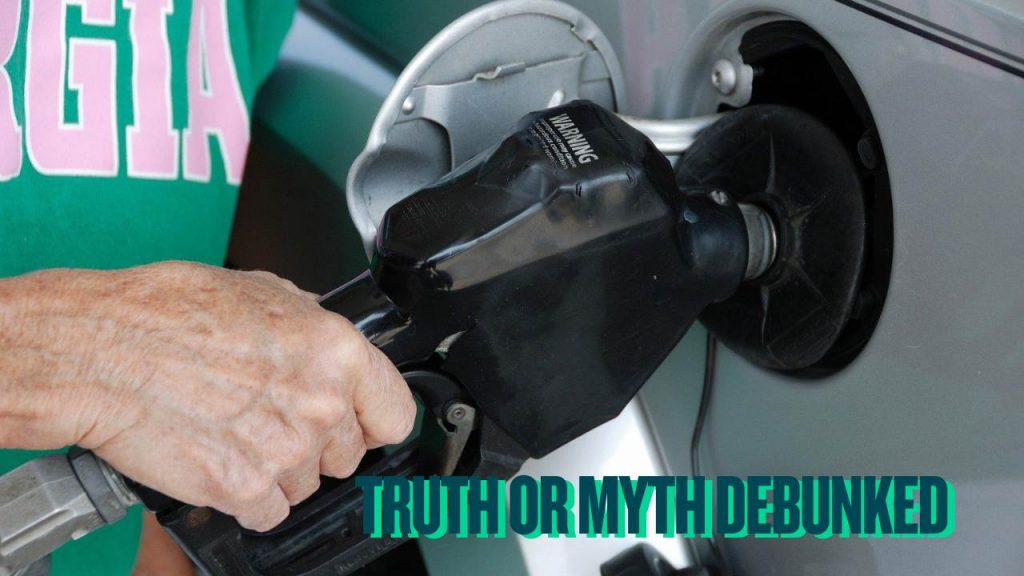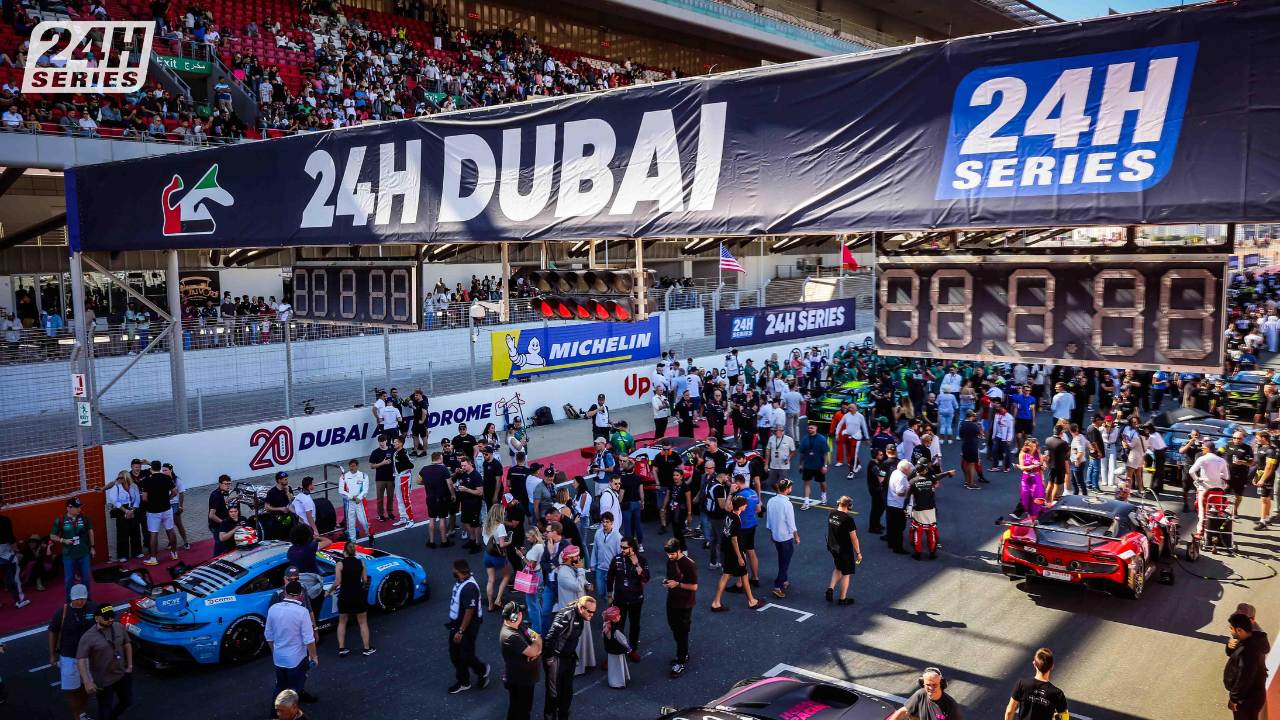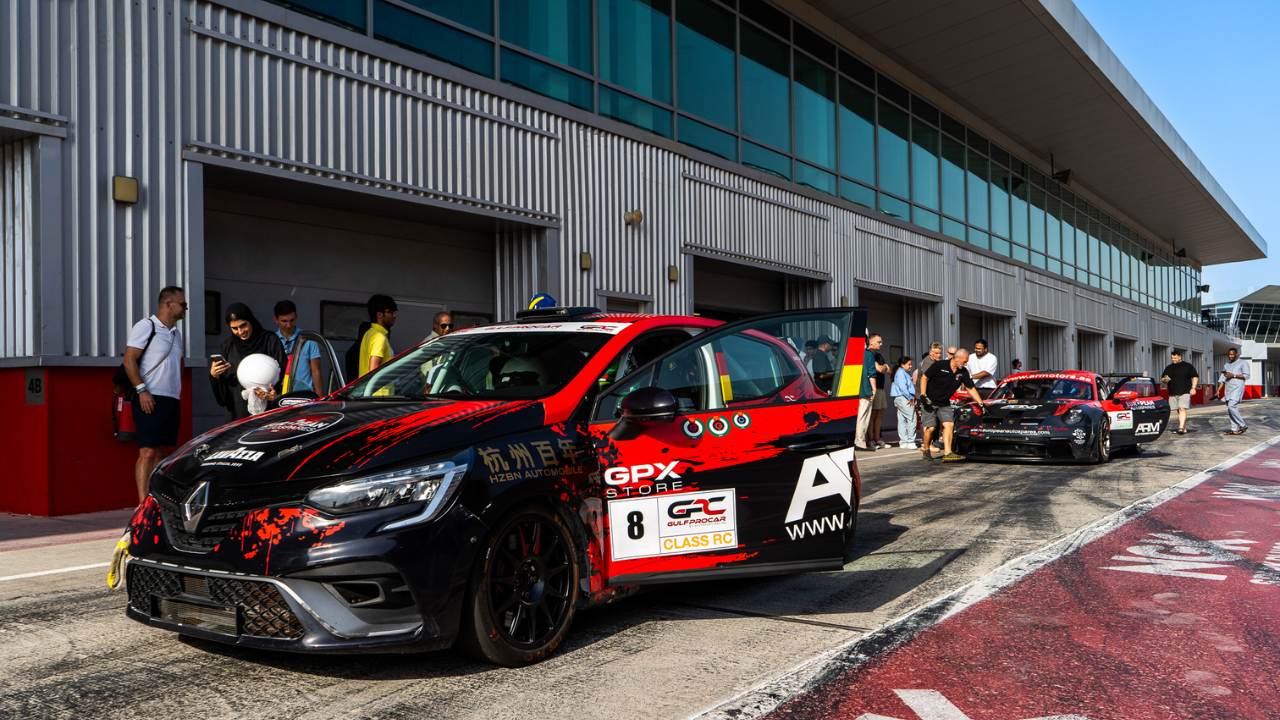Ever found yourself at the pump and wondering, “Can I pump gas while the car is running?” You are not alone! While it might seem harmless (after all, race cars refuel with engines on) doing so could put you and your vehicle at risk.
In this guide, we’ll explore the facts, fire risks, and best practices for safe fueling.
Can Your Car Catch Fire While Refueling with the Engine On?
While rare, fueling with the engine running increases the risk of fire or explosion and it’s illegal in most places.
You will find at most gas stations there will be a clear sign stating for you to switch off the engine and although living in Dubai & when driving across the UAE it can be tempting to keep the engine running to keep the A/C cooling while fueling – it could be a risk to your car.
According to the National Fire Protection Association (NFPA), gasoline has an autoignition point of around 536°F, but your vehicle’s exhaust components, like the catalytic converter, can easily reach 800°F to 1,000°F. That’s hot enough to ignite lingering gasoline vapors, which are heavier than air and tend to sink — potentially right under your car.
Why risk it?
Even if the odds are low, running your engine while fueling introduces several hazards:
- Hot components like catalytic converters can ignite vapors.
- Faulty spark plugs can allow unburned fuel into the exhaust, overheating the system.
- Electrical shorts or worn wiring can generate unexpected sparks.
- It’s against fire safety code as per the International Fire Code.
Pro Tip: Turning your engine off helps cool down components and minimizes any chance of ignition.
Fueling Safety Tips Every Driver Should Know
Refueling isn’t just about avoiding fires, it is about preserving your car’s long-term health and preventing costly damage. Here are essential gas station safety tips you should always follow:
1. Never Re-Enter Your Vehicle While Fueling
Re-entering your car can create static electricity, especially in cold weather or dry conditions. According to the Petroleum Equipment Institute (PEI), nearly 50% of fueling fires they analyzed were caused when someone got back in their car and touched the nozzle afterward.
How to avoid a static discharge:
- Stay outside the car until fueling is complete.
- If you must re-enter, touch a metal surface (like your car door) with your bare hand to ground yourself before touching the pump again.
2. Turn Off and Unplug Charging Accessories
Even if your engine is off, charging cables and accessories (especially those plugged into 12V sockets or USB ports) may still draw current. Damaged or exposed wiring can act as an ignition source.
Before refueling:
- Turn off the engine completely.
- Unplug all charging devices for added safety, especially if wires are frayed or worn.
3. Do Not Smoke Near the Pump
It should go without saying: gas and open flames do not mix. Smoking is prohibited near fueling stations and the International Fire Code explicitly bans it in fuel dispensing areas.
Wait to light up until you’re far away from the pump.
4. Avoid “Topping Off” Your Gas Tank
You might be tempted to squeeze in a few extra drops after the pump clicks, but topping off your gas tank is dangerous and potentially damaging.
- Overfilling can cause fuel to overflow.
- It can flood your car’s vapor recovery system (ORVR), reducing performance and increasing emissions.
- The EPA warns that this can damage your engine and reduce fuel efficiency.
When the pump clicks, stop fueling immediately.
5. Avoid Distracted Pumping – Limit Cell Phone Use
While cell phones are no longer considered a fire hazard at gas stations, they can still distract you from fueling safely.
Stay alert and focused until the fueling process is complete. Keep conversations and texting for later.
Maintain Your Fuel System for Optimal Performance
Following safe fueling habits is one part of the equation. To protect your vehicle’s performance and longevity, schedule regular fuel system maintenance:
- Fuel injector cleaning
- Fuel filter replacement
- Throttle body service
A clean fuel system helps prevent rough idling, reduced power, higher emissions, and poor fuel economy. Schedule your fuel system service today at Alex Renner Motors.
Final Verdict: Should You Pump Gas with the Engine On?
No, you should always turn off your engine when refueling.
Even if the chance of a fire is low, the potential consequences are too severe to ignore. It’s not only safer to shut your car off at the pump — it’s also the law in many areas, and it helps prevent costly damage to your vehicle’s systems.
If you have any doubts about your fuelling system, perhaps fuel is draining faster than usual or you can smell petroleoum in the cabin – Contact us at ARmotors today!





